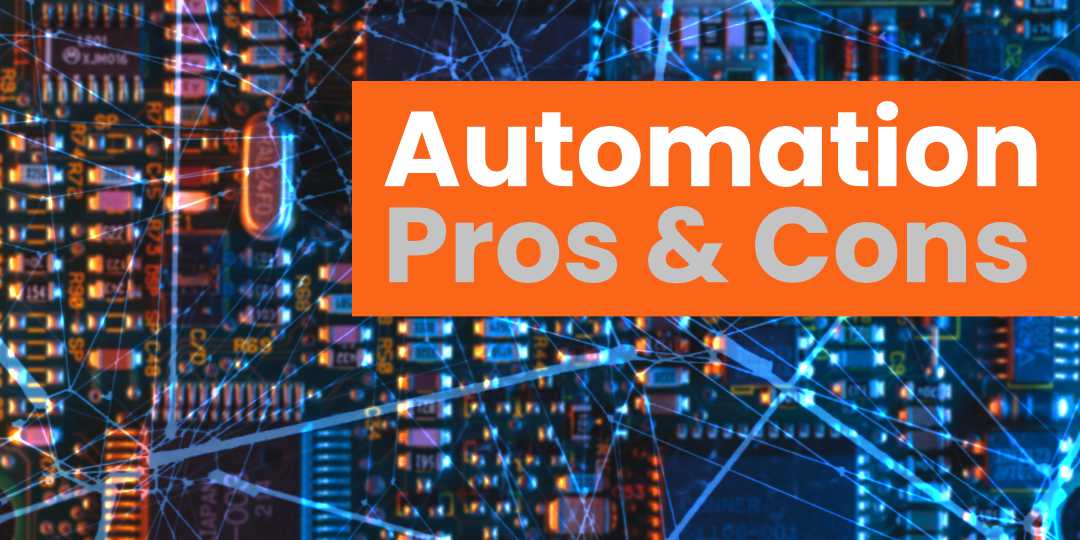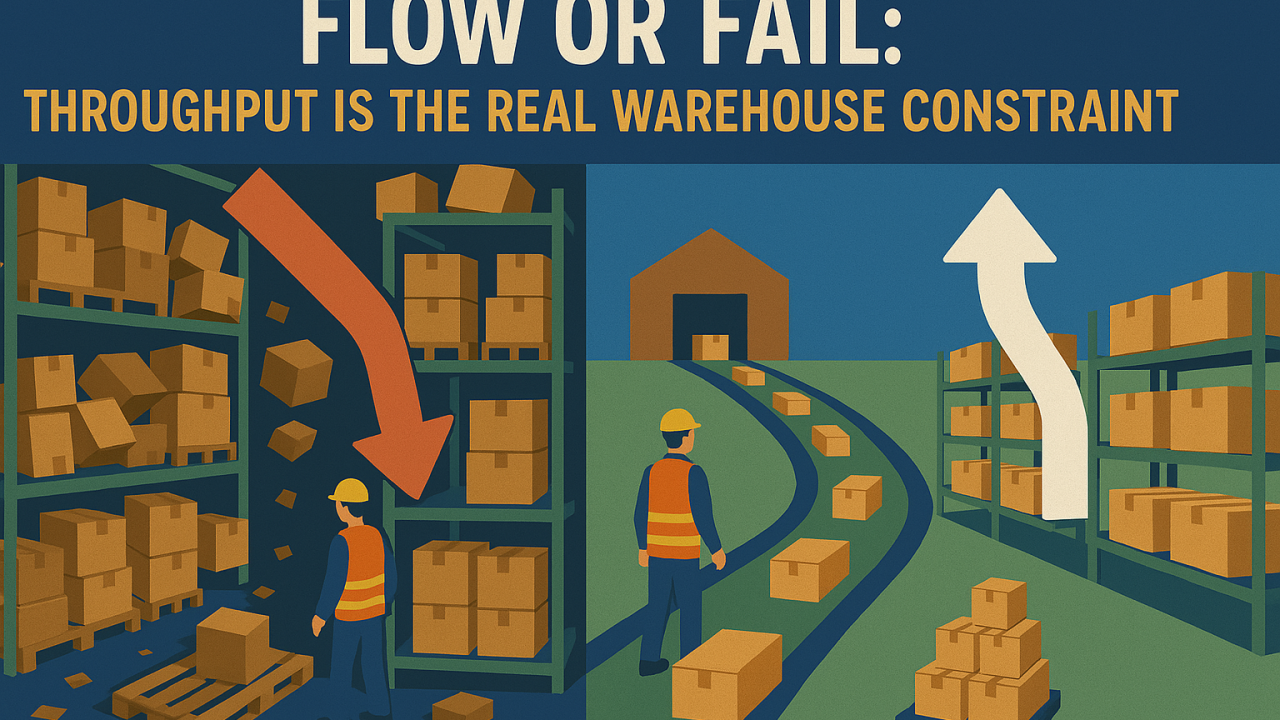The Pros and Cons of Automation in Manufacturing
The idea of automation in manufacturing has caused many people to sound the alarm about potential job elimination, and for others it sounds like a necessary step toward more efficient production and less labor-intensive processes. There are strong opinions about automation that differ depending on who you ask. But one thing is clear: automation is already picking up speed.
According to a press release from Automation Anywhere, its survey found that 87% of manufacturing companies had already implemented some form of smart automation as of 2019. So it seems the question is not if but when manufacturing companies will adopt more automation in their processes.
Veryable created an on-demand labor platform, so we are in tune with the digital evolution happening in manufacturing. We have to monitor the state of automation in the industry so that our product can meet the needs of our customers. Our interest in automation is because we see how on-demand labor will be compatible with a more automated workplace. Automation will affect much more than our company and customers, though, so we are writing about the overall effects of automation on manufacturing.
This article will explore the pros and cons of automation in manufacturing so you can decide if it makes sense for your company to try automating some of its processes.
Table of Contents
- The pros of automation in manufacturing
- The cons of automation in manufacturing
- How to know if you're ready for automation
- Why automation is gaining popularity

The pros of automation in manufacturing
The benefits of bringing automation to manufacturing operations can already be seen in companies that have adopted automation. These benefits include: increased production speed, reduced error rates, reduced costs, and the elimination of tedious tasks.
Automation increases your production speed
At the risk of sounding cliche, robots do not sleep. This means they can run 24 hours a day, seven days a week until maintenance is needed. Their only limitation is their energy supply and their programming.
Automation also produces more quickly than humans because machines can perform repeatable tasks with accuracy and consistency that we cannot achieve because we are human. If a machine is programmed to do something the optimal way, it will do it the optimal way unless something physically obstructs it from doing so or its programming or environment changes.
Automation reduces your error rate
Machines do not get distracted or have the same limitations that people do, so their error rate is much lower for simple, repeatable tasks. What machines are able to accomplish continues to grow as machine learning enables them to learn to do more complex tasks with human-like accuracy and in some cases even perform better than humans at complex tasks.
Automation reduces your costs
Over time, automation reduces the costs associated with production and labor. As processes become more efficient through automation, less materials and labor will be necessary to produce the same output.
For example, if a machine can reliably cut wood in a more accurate way that produces less waste than a human, less wood will be wasted and less labor costs will be needed for paying employees to cut wood. From the business’s perspective, this is an increased efficiency and cost reduction in one swoop.
Automation eliminates tedious tasks
Tedious work is something automated machines excel at. For this reason, automation can eliminate these tasks from the jobs of workers, who would then be freed to do more engaging work.

The cons of automation in manufacturing
As they say, every rose has its thorns. There are a few cons of automation in manufacturing that you should be aware of: the risk of multiplying errors, job elimination in the short-term, and the high upfront costs of automation.
Automating a task improperly multiplies errors
The same thing that makes automation so powerful is also its Achilles’ heel: nonstop speed. When an automated system is doing something wrong, it keeps doing it quickly, nonstop, until someone recognizes the error and stops the system. The tragedy that follows an improperly automated task can be disastrously costly if the mistake is not recognized soon after it is made.
Automation eliminates some jobs in the short-term
There is no way around the elephant in the room: automation will eliminate some jobs in the short-term. The immediate effects of automating any task will be reducing the work required to accomplish it. That means there will be less work for the person in the role that’s in charge of this task. When there is less work left to do because automation has made a process more efficient, any new work that is created will require you to upskill workers to perform in the new role.
For example, imagine that you automated the assembly of a chair. Before automation, you had someone attaching the legs, a second person attaching the back, a third person attaching the arms, and a fourth person doing quality assurance. After automation, you need one person to do quality assurance and a second to operate the machine. You also need a third person who knows how to fix the more complicated machinery required for automation. That’s a total of three workers instead of the four you had before automation. Maintaining machinery requires more training than assembling the chair did, so you will need to upskill your workers to meet the need.
Automation has a high upfront cost
The software and machinery required for automation isn’t cheap. The high upfront cost deters some companies from starting automation. If you’re considering automating a certain task, be sure to run the numbers on how the upfront cost will compare to the long-term gains you might see from improved efficiencies in the completion of this task.
How to know if you’re ready for automation
If your company has the funds for a big upfront cost (think hundreds of thousands) and you have rule-based, high-volume processes, then you are ready to get started with automation. The technology for automation today excels at simple, repeatable processes in the physical world. Automation is even more effective in the digital world because of its speed in processing data and its ability to simplify processes for human users.
If your company does not have the funding for a big upfront cost, or if your processes are too complex for automation technology to perform, then automation might not be a good choice for you. Automation is not as skilled as humans at some tasks requiring skill and dexterity. If the automated process would not perform as well as people, then the upfront cost would not be offset by improvements in efficiency. That would make automation a bad fit for your company.
Why automation is gaining popularity
The reason many businesses are adopting automation is for the benefits mentioned above, but also for the promise it shows as part of the Industry 4.0 evolution. With manufacturing becoming more and more digitized, automation will be a key enabler of a faster response to demand. In a pull system like what Lean manufacturing requires, digital signals combined with automation will allow companies to produce in response to demand in real time.

Increasing productivity and reducing costs
The real reason you’re probably considering automation is because you want to increase your productivity and reduce your costs.
If automation isn’t right for you, there are still other options for reaching your goals. You could improve your processes by practicing the Lean methodology. You could also ensure that you are not overstaffed for the work you’re doing.
If automation is right for you, then you probably will need to upskill your workers. It is likely that the work made easier by automation will not justify a full-time position any more. The barrier to entry for these positions has been lowered, so finding workers and training them for the work will be easier than before. Instead of hiring someone to do that simplified role while you train your employees, you could find workers as-needed from an on-demand labor platform.
Learn more about on-demand labor and how it can increase your productivity by complementing your implementation of automation.
Previous Posts
“Weather The Storm” With The Help of Veryable
The Future of Manufacturing and Logistics
Create a free business profile today to explore our platform.






